#roman architecture
Text
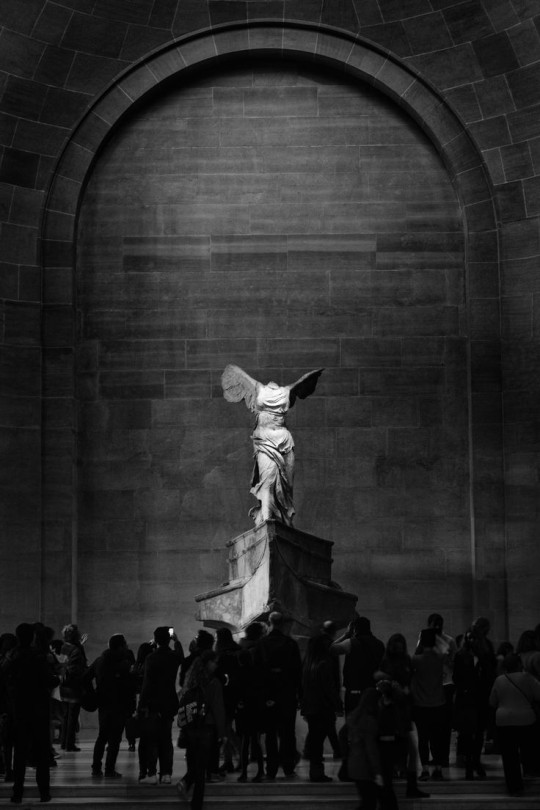
#a e s t h e t i c#body art#body sculpting#sculpture#dark aesthetic#dark academia#art#roman architecture#architecture#black and white#b&w aesthetic
70 notes
·
View notes
Text

Eglise Saint-Nicolas, Blois, France
#church#architecture#middle ages#photo#mine#france#medieval#medieval art#ancient#history#religious art#cathedral#roman architecture#gothic art#gothic architecture#gold#light academia#light academic aesthetic#light academism#ancient art#europe#photos#photography#my photos#photographers on tumblr
1K notes
·
View notes
Text

El Jem Amphitheater / Tunisia (by Andre Alexander)
561 notes
·
View notes
Text
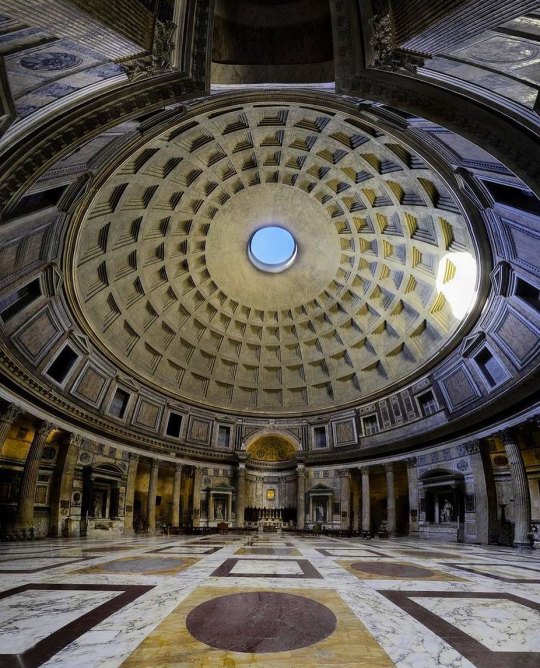
Inside Pantheon, Rome, Italy. It is one of the best preserved ancient Roman buildings in the world.
Photography by Luigi Di Criscio (@luigidicriscio)
In Latin Pantheum (from Greek Πάνθειον Pantheion) means "common to all the gods." It was built from an earlier temple commissioned by Marcus Agrippa during the reign of Augustus (27 BC – 14 AD). After a fire, the current building was commissioned by Emperor Hadrian (117-138).
Agrippa finished the construction of the building called the Pantheon. It has this name, perhaps because it received among the images which decorated it the statues of many gods, including Mars and Venus; but my own opinion of the name is that, because of its vaulted roof, it resembles the heavens.
Cassius Dio, History of Rome 53.27.2
Cassius Dio's uncertainty about the name suggests that "Pantheon" was a nickname, not the formal name of the building.

The portico of the Pantheon at night.
The inscription M·AGRIPPA·L·F·COS·TERTIVM·FECIT means: "Marcus Agrippa, son of Lucius, made [this building] when consul for the third time."
Photography by Jfabrix101 / Wikimedia Commons.
Texts from Wikipedia.org
Beautiful
727 notes
·
View notes
Text
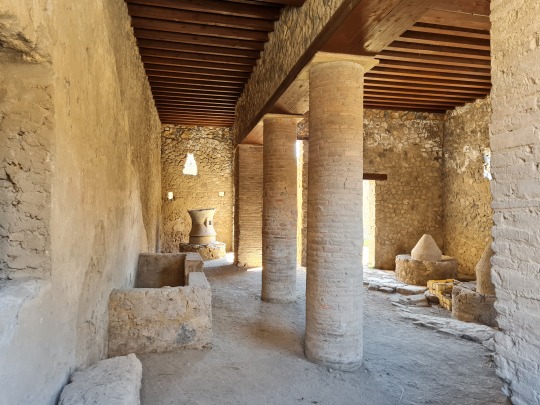

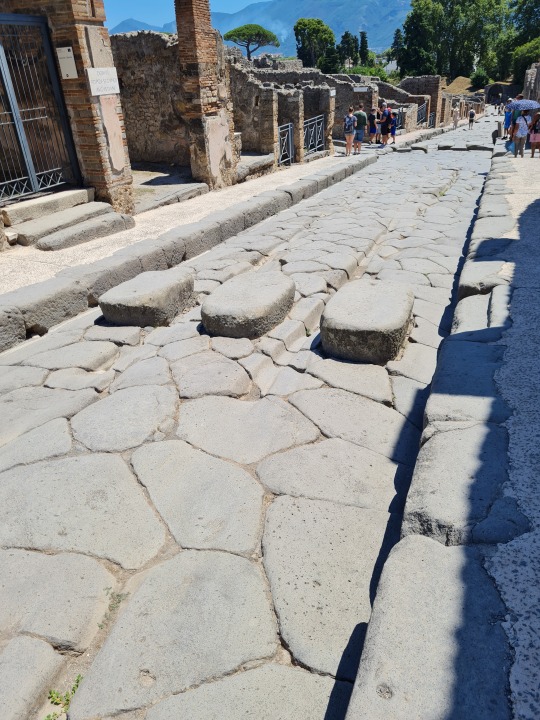

The ancient city of Pompeii, Italy
On the first photo is the bakery of Sotericus.
On the last photo you can see clay pots built into countertops in the taberna.
#pompeii#ancient rome#antiquity#archaeology#ancient history#ancientmonuments#history#culture#architecture#travel#traveling#travel photography#travel destinations#art#roman architecture#roman archaeology#photography#photographers on tumblr#italy#mediterranean#italytravel#italia#explore#wanderlust#ancient ruins#places to visit
593 notes
·
View notes
Photo
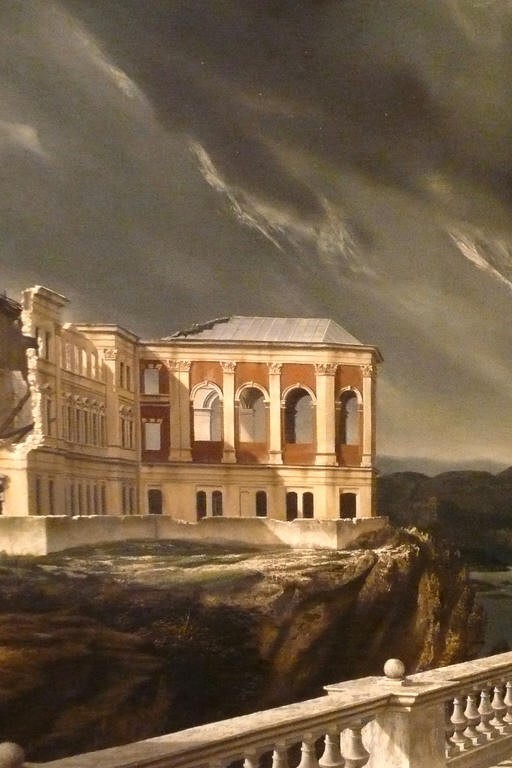

Carel Willink, 1900-1983, Dutch - Chateau en Espagne, c.1939
#Carel Willink#realism#magic realism#cityscape#ancient rome#ancient roman architecture#roman architecture#architecture#skyscape#ruins#statue#Apollo Belvedere#sculpture#20th century art#dark academia#light academia#painting#oil painting
2K notes
·
View notes
Text

Cubiculum (bedroom) from the Villa of P. Fannius Synistor at Boscoreale Romanca. 50–40 BCE. Image by The Metropolitan Museum of Art.
Learn more / Daha fazlası
https://www.archaeologs.com/w/cubiculum/
#archaeologs#archaeology#archaeological#arkeoloji#history#dictionary#tarih#sanat#art#architecture#roman architecture#ancient architecture#cubiculum#villa#the met#mimari#antik mimari#ancient furniture#roman furniture
536 notes
·
View notes
Text
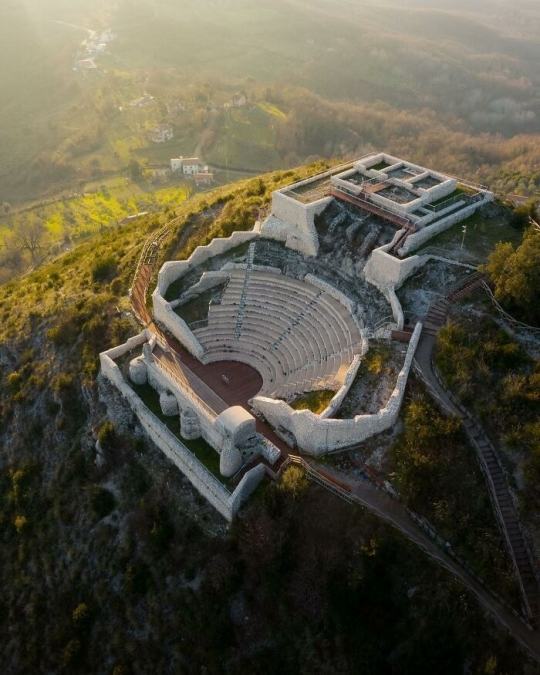
The Temple-Theater of San Nicola, an ancient Roman theater located in the municipality of Pietravairano (CE), in Campania.
300 notes
·
View notes
Text
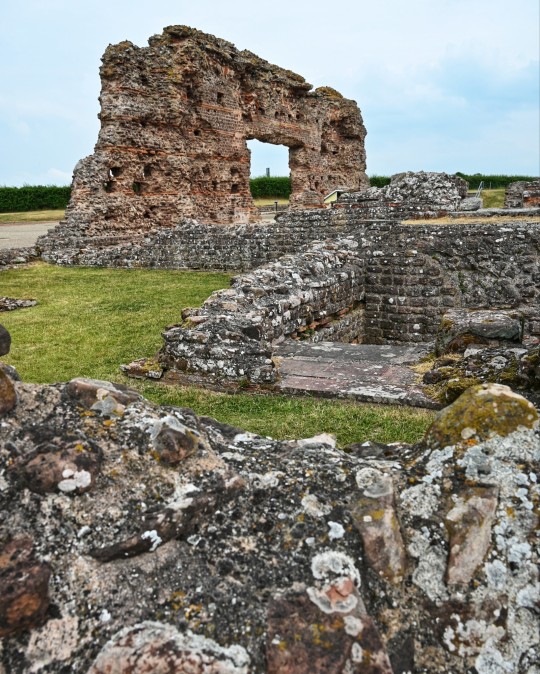
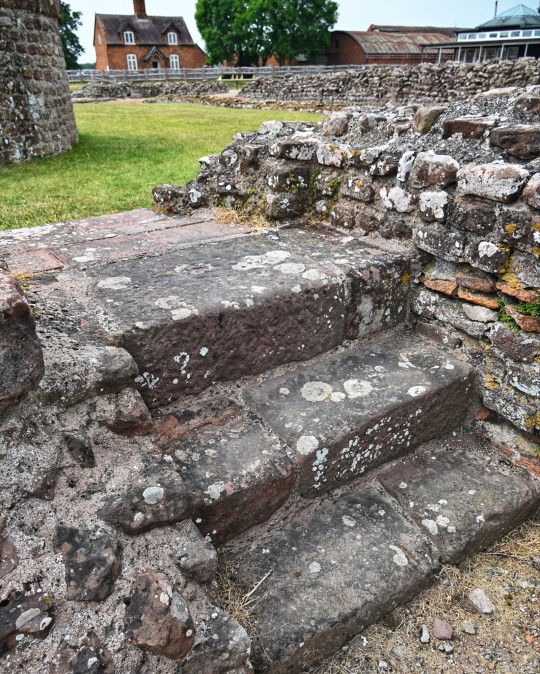






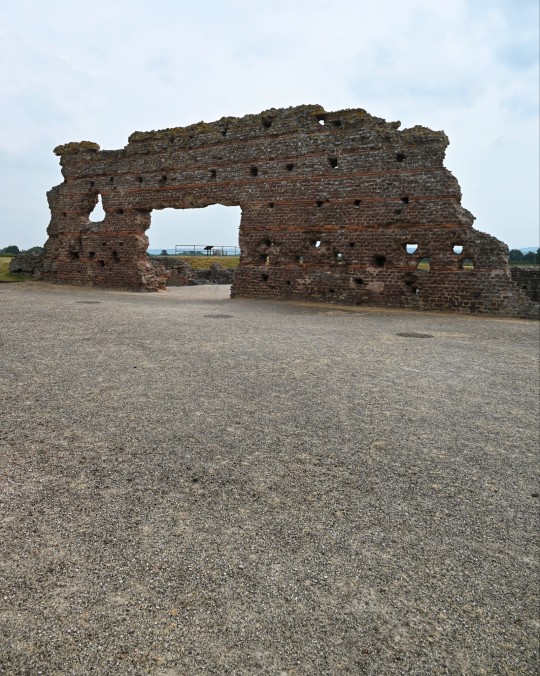
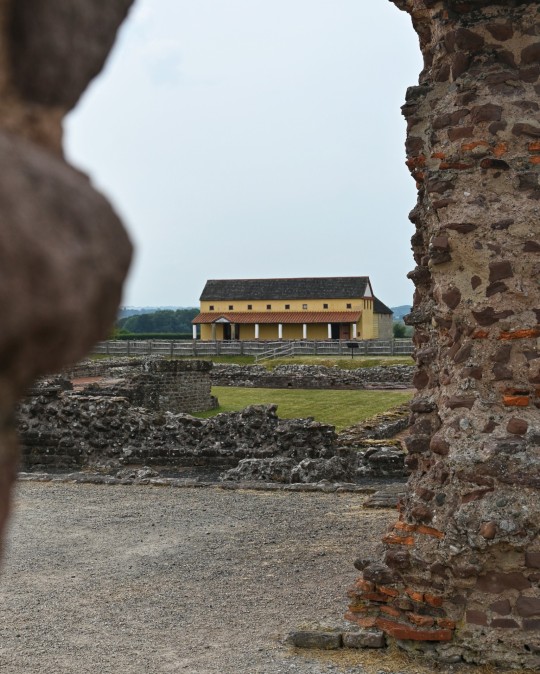
Roman Basilica Wall Section, Wroxeter Roman City, Shrewsbury, Shropshire
#roman#roman city#roman living#roman empire#roman building#roman culture#romans#archaeology#roman architecture#roman design#basilica#Wroxeter#Shrewsbury#roman society#ancient sites#ancient living#ancient craft#ancient cultures#iron age
176 notes
·
View notes
Text





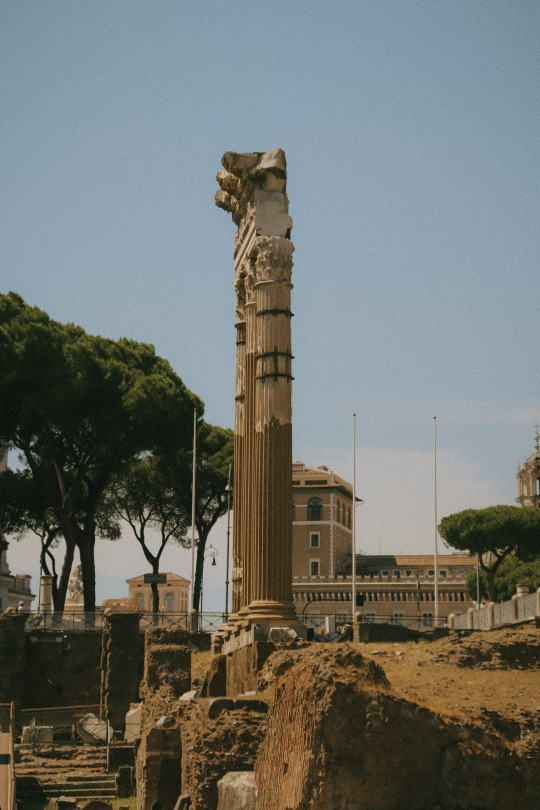

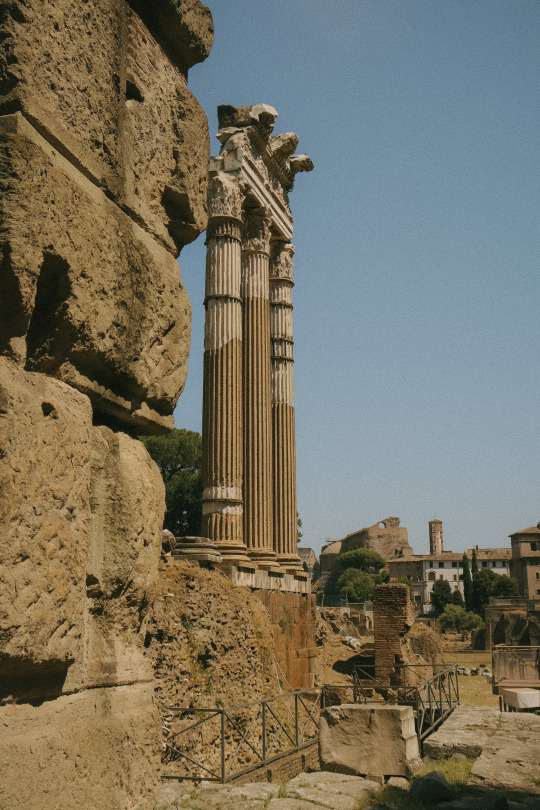
views from the forum (July 2022)
#rome#roman forum#archaeology#classical archaeology#roman architecture#history#university#archaeological site
234 notes
·
View notes
Text
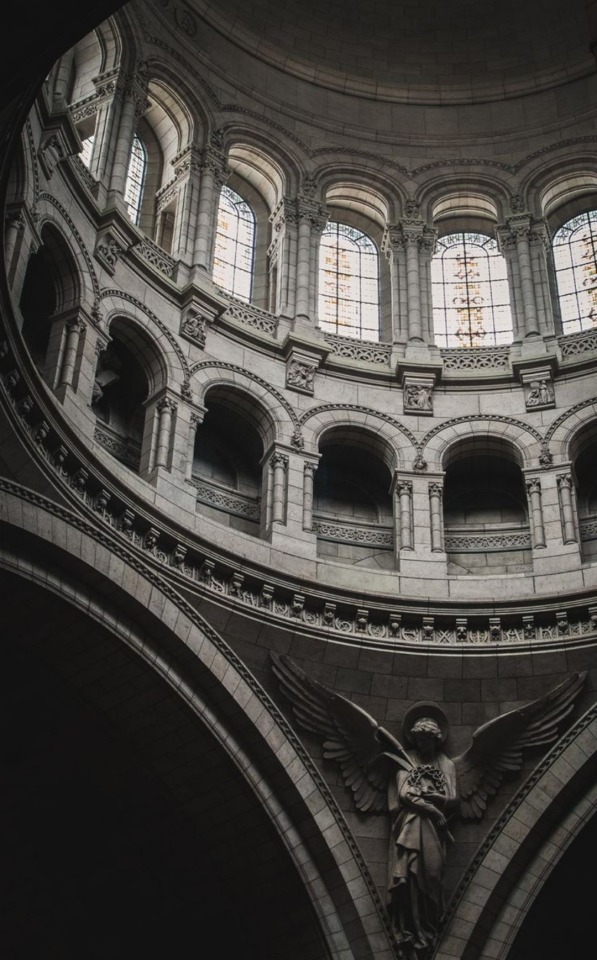
#art#architecture#aesthetics#a e s t h e t i c#asthetic#aesthetic#renaissance art#renaissance#dark aesthetic#dark academia#roman art#roman architecture#b&w aesthetic
25 notes
·
View notes
Text
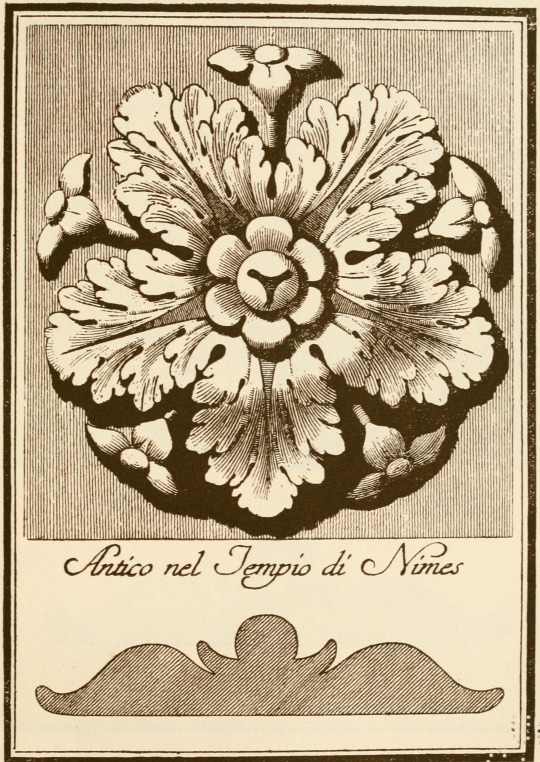
From the temple of Nimes. A small collection of ancient rosettes as found on Roman monuments. 1913.
Internet Archive
116 notes
·
View notes
Photo

A Temple-theater complex discovered only at the beginning of the 2000s in Monte San Nicola, in Pietravairano of Caserta province. Lying at 410 meters high in the Sannio area, dates back to the late Roman Republican period, 2nd-1st century BCE.
#archaeology#roman architecture#ancient roman architecture#ancient rome#architecture#cliffs#italy#italian architecture
577 notes
·
View notes
Text

The Arch of Roman emperor Septimius Severus at Leptis Magna, Libya.
Photography by David Gunn. Public Domain/ Wikimedia Commons.
Lucius Septimius Severus born in Leptis Magna, Africa, was the first Roman emperor of North African origin. During his reign (193-211) he favored his hometown, which became one of the most important Roman cities in North Africa along with Carthage and Alexandria.
For the Romans AFRICA was not the name of the continent - as it is for us - but a Roman province that included the territory of Tunisia, the coast of Libya along the Gulf of Sidra and northeastern Algeria.
The Leptis Magna archaeological site is located near Tripoli in Libya. World Heritage Site since 1982.
795 notes
·
View notes
Text

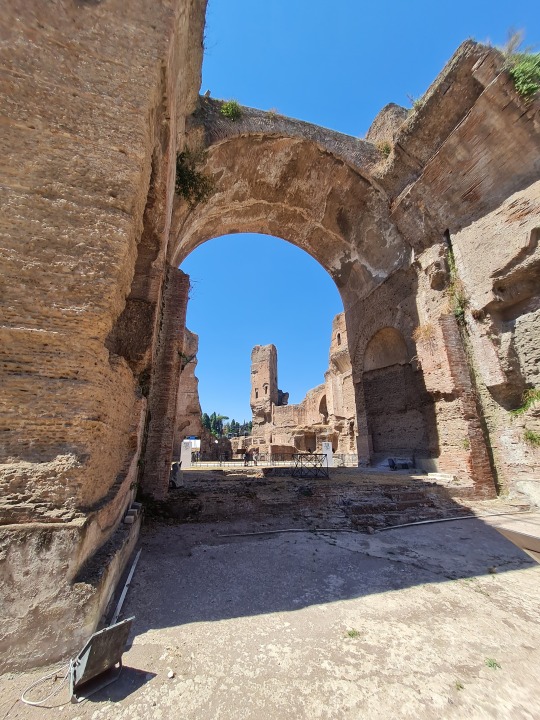

The Baths of Caracalla in Rome, Italy
The Baths were unprecedented in size: 1600 Romans could bathe at the same time. Apart from the bathing facilities, there were two libraries and there were shops, offices, gardens and even an area for sport. It simply didn't fit inside of Rome, and that is why it was built just outside of it, by the Appian Way (Via Appia).
#baths of caracalla#ancient rome#ancient history#ancientmonuments#roman empire#roman emperor#rome#italy#italia#roman architecture#architecture#architettura#ruins#history#culture#archaeology#roman archaeology#roman history#mosaic#roman mosaic#travel#traveling#travel photography#photography#wanderlust#vacation#travel tips#travel destinations#explore#.5k
953 notes
·
View notes
Text

Roman Amphitheatre, Verona, Italy (by Jarod Barton)
Enjoy our curated content? You can support us here.
#amphitheatre#roman#roman history#roman architecture#architecture#archaeology#verona#italy#europe#travel#wanderlust#explore#curators on tumblr#li_destinations
196 notes
·
View notes